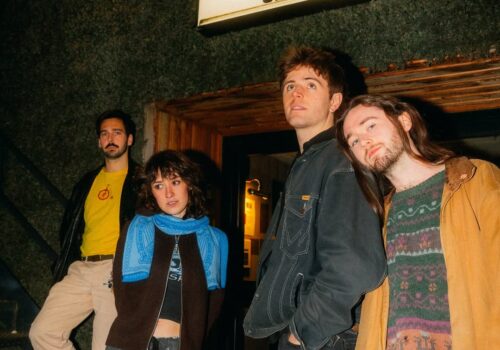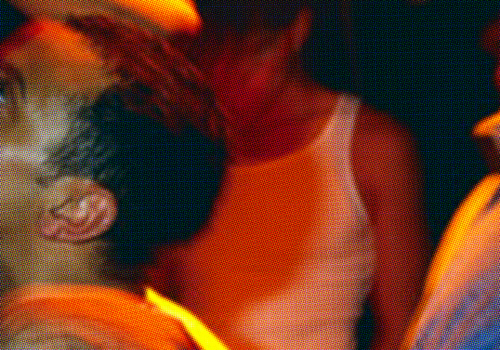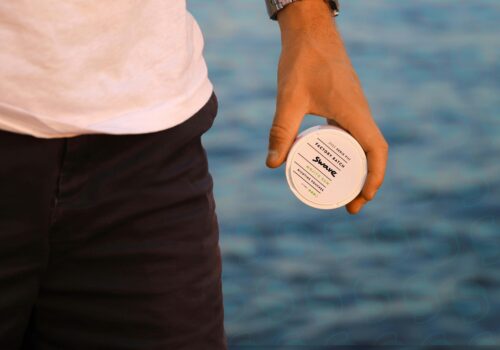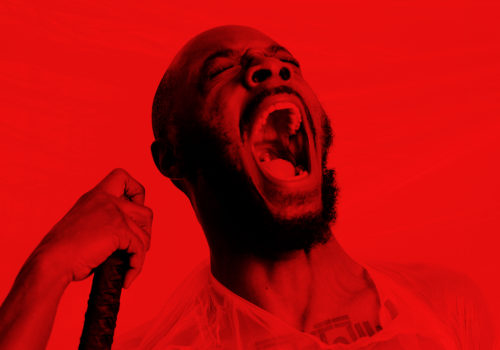Irish Language Horror Is Here To Stay
Words: Izzy Copestake
It’s been a big summer for horror films as Gaeilge, with An Taibhse (The Ghost) and FRÉWAKA premiering to rave reviews. The emergence of these films highlights a growing interest in producing cinema that embraces both the Irish language and unique cultural narratives. With the momentum building, it’s clear that horror as Gaeilge is not just a fleeting trend, but an exciting new direction for Irish cinema.
Last month, the first ever Irish language horror feature film An Taibhse (The Ghost) premiered at the Galway Film Festival to rave reviews. Over the weekend, another critically acclaimed Irish language horror, FRÉWAKA, received its world premiere at the prestigious Locarno Film Festival in Switzerland. Although not entirely as Gaeilge, Lankum’s Ian Lynch scored the film All You Need is Death in May – an Irish horror film which brought another layer to the conversation by incorporating folk ballads and translation into its horror narrative. The film’s engagement with Irish culture and music underscores the importance of storytelling in maintaining and celebrating linguistic and cultural heritage. We delved into the two new horror films as Gaeilge, and why we hope it’s here to stay.
An Taibhse
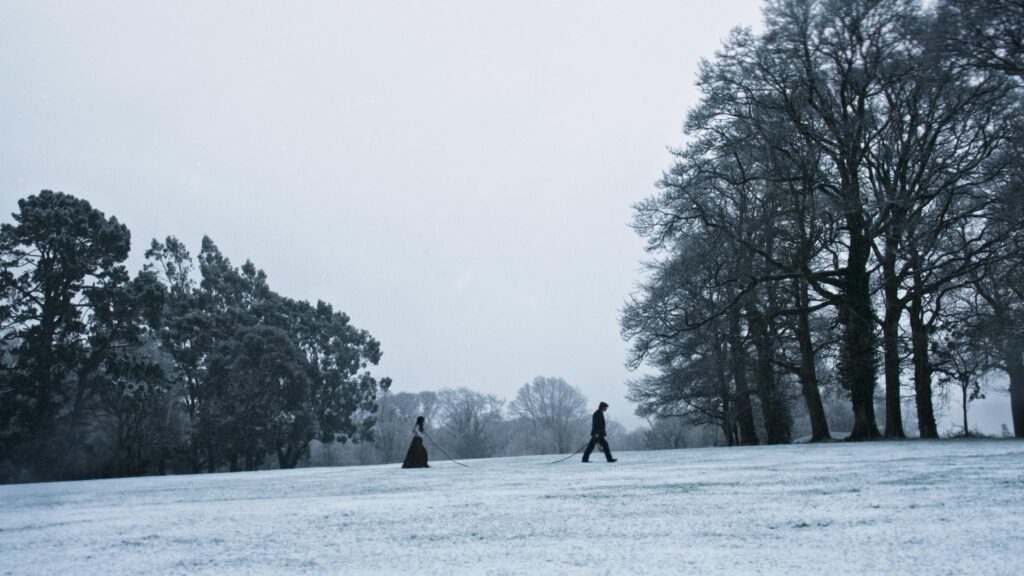
The screening of An Taibhse (The Ghost) at the Galway Film Festival was a groundbreaking moment for Irish cinema as the film made history by becoming the first-ever Irish-language horror feature film. An Taibhse was met with enthusiastic reviews, praising not only its chilling narrative but also its use of the Irish language to deepen the atmosphere and wider cultural resonance. The film’s success demonstrates a thirst for stories that are deeply rooted in Irish culture and folklore, and showed how these stories can be terrifyingly brought to life through the medium of horror.

The narrative is set in a post-famine Ireland, and filmed in the Coollattin House in County Wicklow, which has been abandoned for over 25 years. An Taibhse follows Éamon (Tom Kerrisk) and his daughter Máire (Livvy Hill) as they struggle through a harsh winter in the crumbling house. After Éamon injures his foot and turns to alcohol , he becomes increasingly abusive, leaving Máire to manage the household alone, as an eerie supernatural force threatens the inhabitants of the house.
The film received glowing reviews. Irish Film Critic described it as a “standout”, going on to claim “Don’t be surprised if this is the start of a new wave in Irish genre cinema.”
FRÉWAKA

Written and directed by Aislinn Clarke, and featuring an all-female core cast including Clare Monnelly, Bríd Ní Neachtain and Ukrainian actress Aleksandra Bystrzhitskaya, FRÉWAKA received its world premiere at the prestigious Locarno Film Festival in Switzerland.
The plot centres around care worker Shoo (Monnelly), who is goes to an isolated Irish-speaking village to care for an agoraphobic woman (Ní Neachtain), who fears both the neighbours and the Na Sídhe – sinister folkloric entities she believes abducted her decades before. As the pair develop a connection, Shoo becomes consumed by the old woman’s paranoid rituals and superstitions, which eventually leads her to confront the horrors of her own past, playing with themes of memory, violence against women and haunting.
The initial reviews were promising, with The Film Verdict stating: “Taboo histories of violence against women in Ireland are excavated in Aislinn Clarke’s chilling, over-the-top Irish-language folk horror” . Eye For Film have praised it for it’s “visceral scares” and “genuine terror“.
Wildcard Distribution will release FRÉWAKA (FRÉAMHACHA) in Irish cinemas in 2025.

